Welcome to another Games From The Block Podcast.
Today George talks with Julian Sakowski, Founder of Synergy of Serra, a new blockchain trading card game with unique gameplay.
Listen to the podcast on iTunes, Spotify, Google Podcasts.
What is Synergy of Serra?
We create something we call a deck built trading card game. We come from, let’s say, the physical world. So we are really into those card games we played in our teenage years like pokemon or magic.
The main mechanic in a deck builder is that you create a deck while playing. The difference in our game is that you start with 10 cards.
On each turn, you have the choice to buy some cards that are in the middle.
So we use something called the river. Each drawn the robot will refresh with new cards, and you will be able to buy these cards into your deck while you play the game.
Do you buy the cards with Gold Coins?
Let’s talk about other card games. You have mana points that you can spend to play cards. So we also have that. But then, as the second resource, we also have something like gold coins. And you can spend these each round to get new cards into your deck.
The longer the game goes on, the resources increase. So the deeper you are into the game, the more cards you can play, the more cards you can buy.
So basically, I earn the gold points while playing, but they don’t stack up.
Exactly. Let’s say you are in the first turn. You have one gold coin, so you can only buy a card into your deck that costs one gold coin.
Then on the second turn, you’re on your way to two gold coins, and they refresh each turn. And you cannot take them into the next turn except you play like effect card that allows it.
So one element is mana, which is typical in challenging games. And the other one is the gold coins that you use to upgrade your deck while playing.
For us, it’s like you start with a small number of cards. And each turn, you draw five cards, you play the whole arc, you play a few cards, you buy a few cards, and then at the end, you discard everything you have.
And then you draw another five cards for the next one. So you run through your deck quickly. And when the deck clears, you reshuffle everything and start over.
What’s the cost of playing the game?.
Yeah, so that’s important for us. It’s free to play. And it’s not like it’s symbolic free to play. We want to make it accessible.
You will already get a diverse selection of 90 cards that you can use for free. And we also really focus here not to create a game that is heavy on pay to win.
Does this create a situation where you can win with a lower quality deck against expensive cards?
That’s not the point. If you consider the mechanic I explained before (please listen to the podcast for all details), the fact is that there will be more vital cards. Of course, those cards will be rare to get, plus harder to get.
But if one person goes and spends a lot of money to get these scarce and vital cards, he still will not have a significant advantage in the game. Because your opponent can also buy these cards into his deck. Right? So no player has an actual benefit in terms of strategy.
We want a strategically better player. Who can create more complex and compelling synergies and strategies on the fly to win the game.
It’s sneaky and tricky gameplay. Right?
It’s a bargain where people are most excited about it. I think it’s essential in the space because, right now, don’t get me wrong, there are so many great card games, which I also enjoyed playing a lot. But still, there was a point where you said okay.
Do you sell cards?
Yes, so we also really focus on the economy here. And that means we limit the number of crates that we sell. We have limited the number of cards in circulation from a specific set.
The crates include new cards to play along with. So besides the 90 cards, you can start for free, there will be 60 additional cards in the transendent crate set.
And depending on how many sold already, the price you have to pay to buy one crate will increase. Now we’re in the first tier. It’s the lowest price you get. It’s just $2. And when there is a specific amount sold, we will get into the next year, and the price will increase.
So pricing doesn’t reflect quality?
That is important. We have the philosophy that we prefer to now kind of prove. That’s the moment that there is a price structure; everything is transparent.
And people can make up their mind, like if they buy and when they buy, but there won’t be any discounts in the future ever.
Why did you choose the Matic network?
That’s quite an easy answer right now. In the beginning, we also focused a lot on the Ethereum blockchain. But now, gas fees increased so much that many games had to stop operating because nobody could pay their fees anymore.
And that wasn’t the solution we’re looking for. We don’t want our players to have all this knowledge about it to have extensions to have a cryptocurrency and everything around that.
The players don’t have to own cryptocurrency. So we use something which is called meta transaction.
What type of nonfungible tokens are the cards?
ERC 1155. The crates that you can buy are already fungible tokens. So from day one, you’re able to own them already, trade them, sell them, whatever you want to do. And then the cards also will be 1155 NFTs.
Can players make money by playing Serra’s synergy?
Yeah, we have a very competitive game. That’s why we say we want players with a better strategy to win the game. And that makes it challenging.
You can’t kind of cheat the system just by paying a lot of money. You need to be a better player. And that’s why our primary game mode will be a kind of rank ladder system. For example, if you are in the top 10% of the season, you will receive money from the PI’s prize pool. And depending on how high your rank is, the more reward you will earn.
Last question for you. Where do you see blockchain gaming in five years from today?
It’s a new field, and if you look at it, what happened in the last two or three years, which is almost the whole history of blockchain gaming, it’s evolving, like, crazy, really crazy.
I think in five years, we won’t have these discussions anymore. We need scalable blockchain. We need to solve these barriers for players to enter.
There will be big players, big game companies to also create their blockchain games.

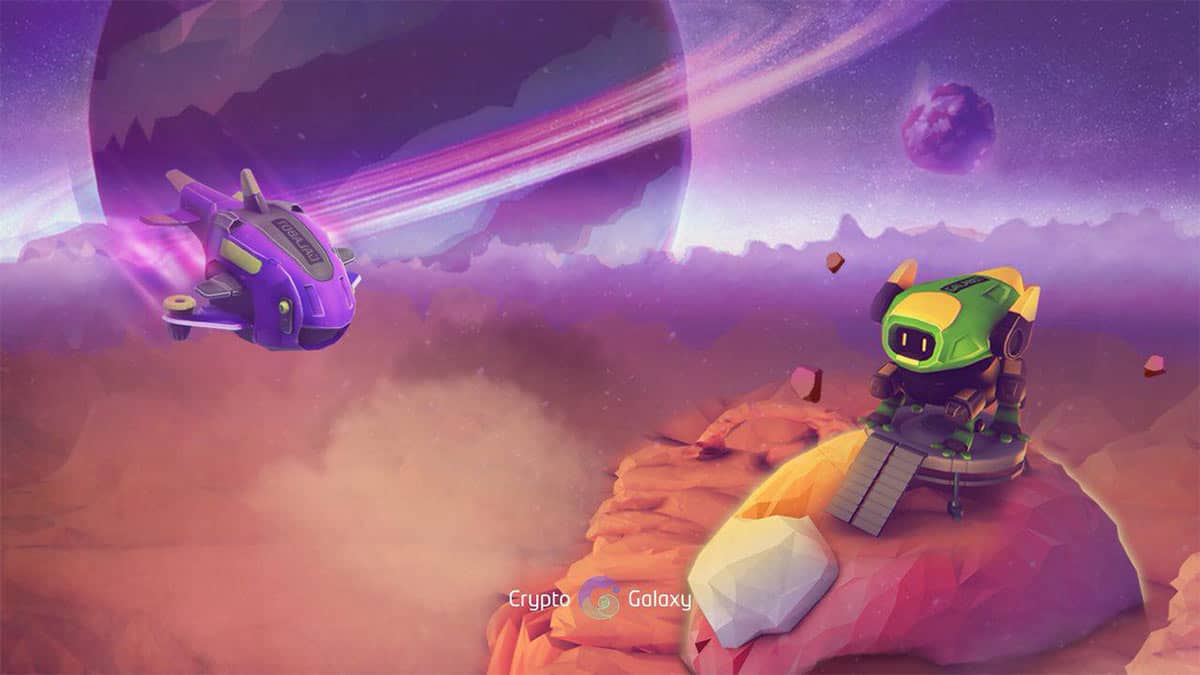
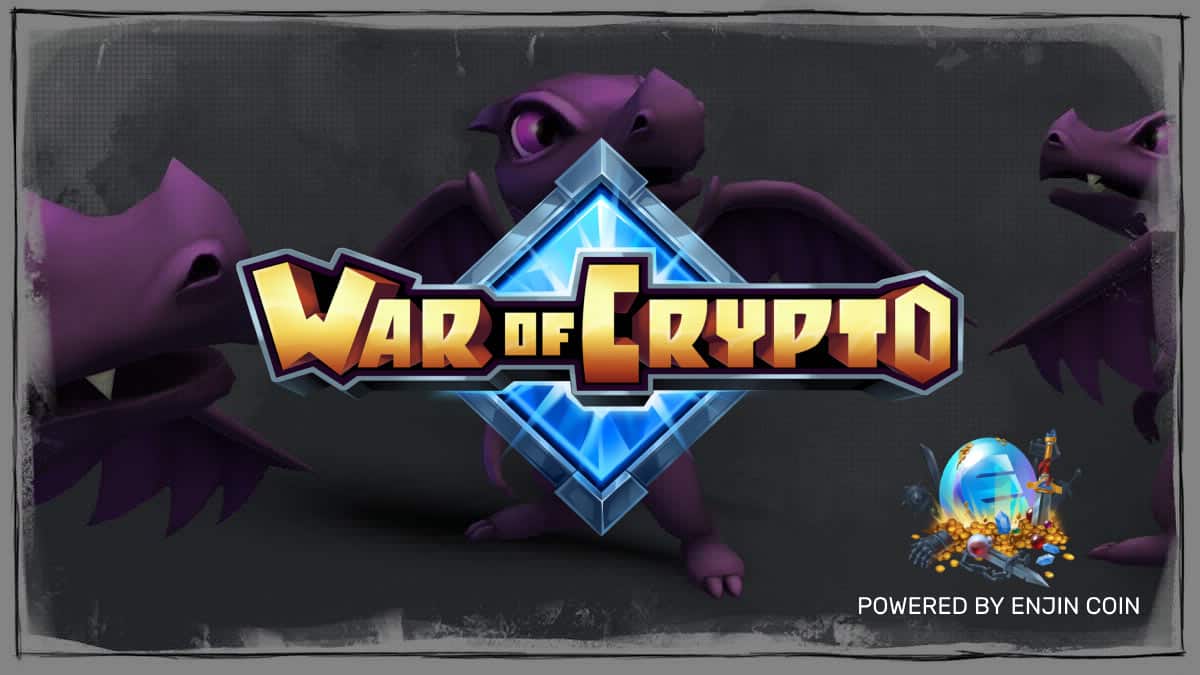
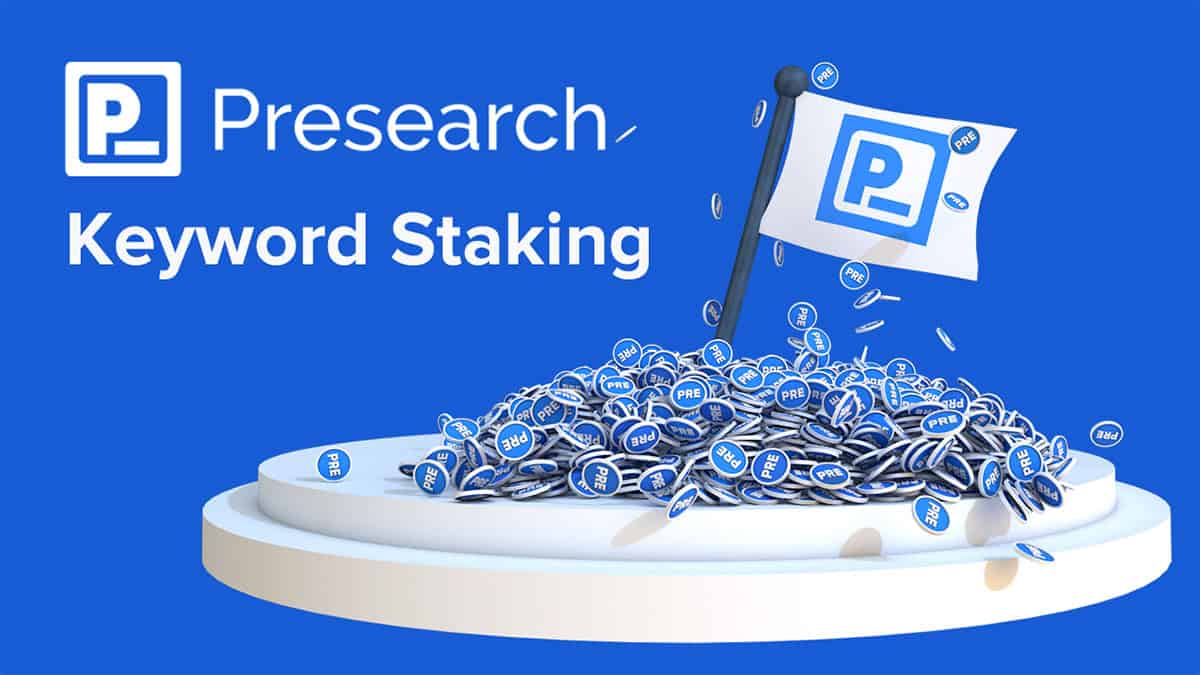
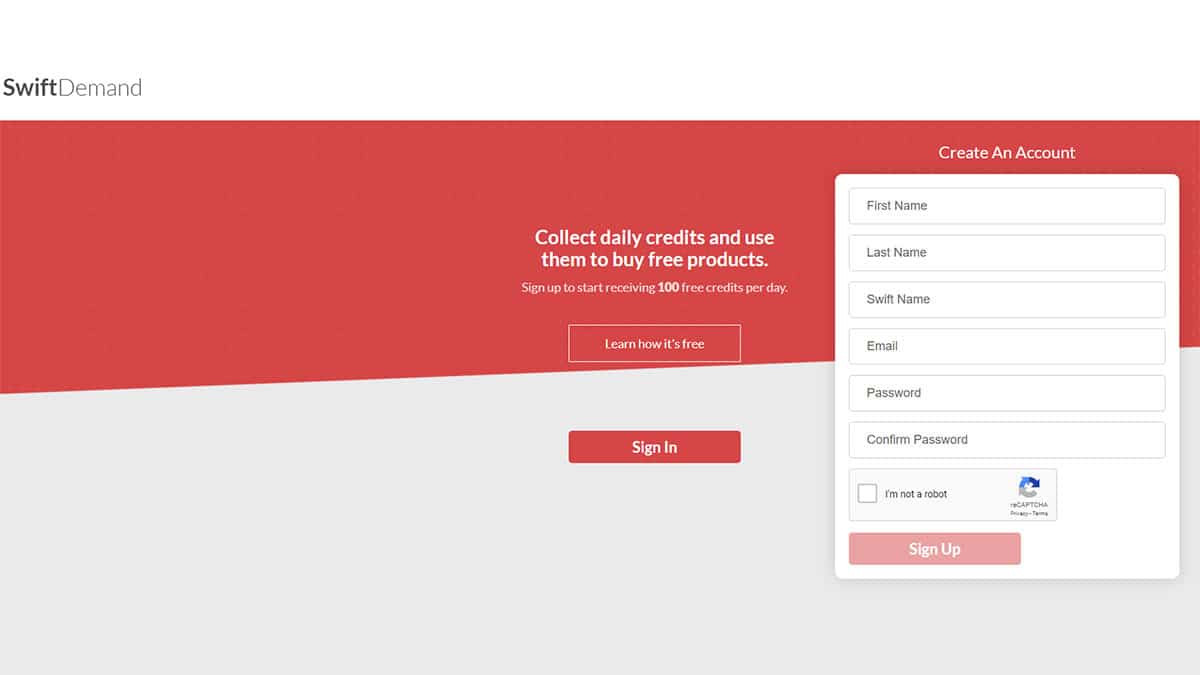

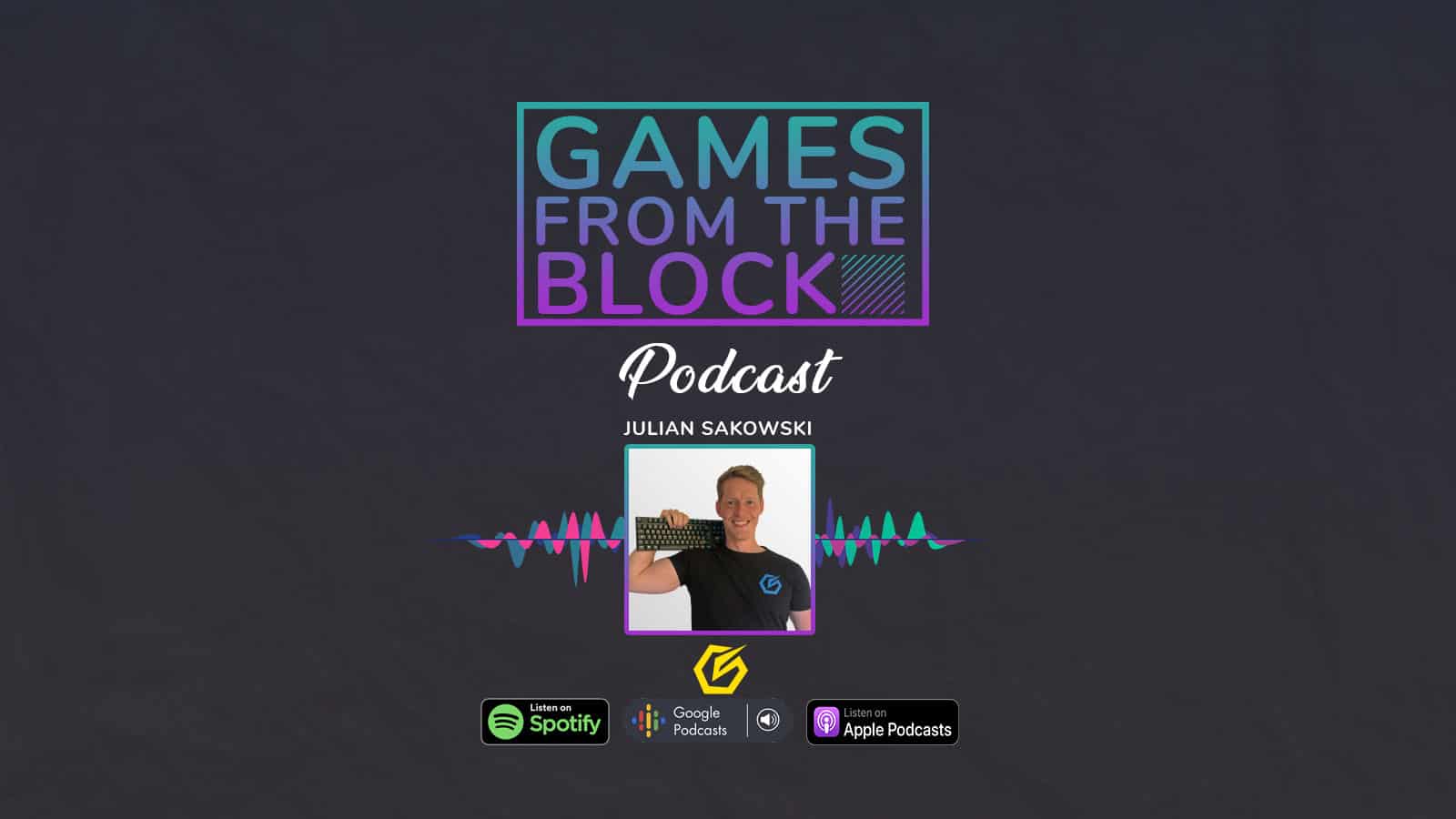

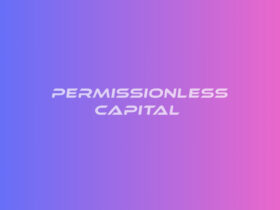


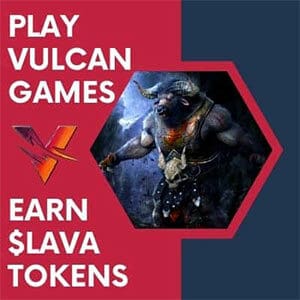



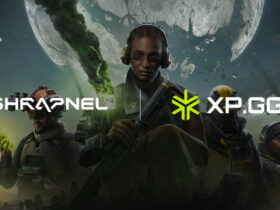
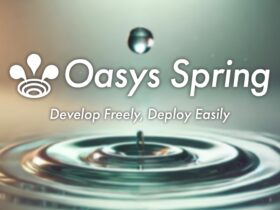
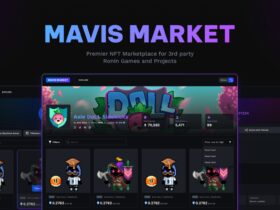
STAY ALWAYS UP TO DATE